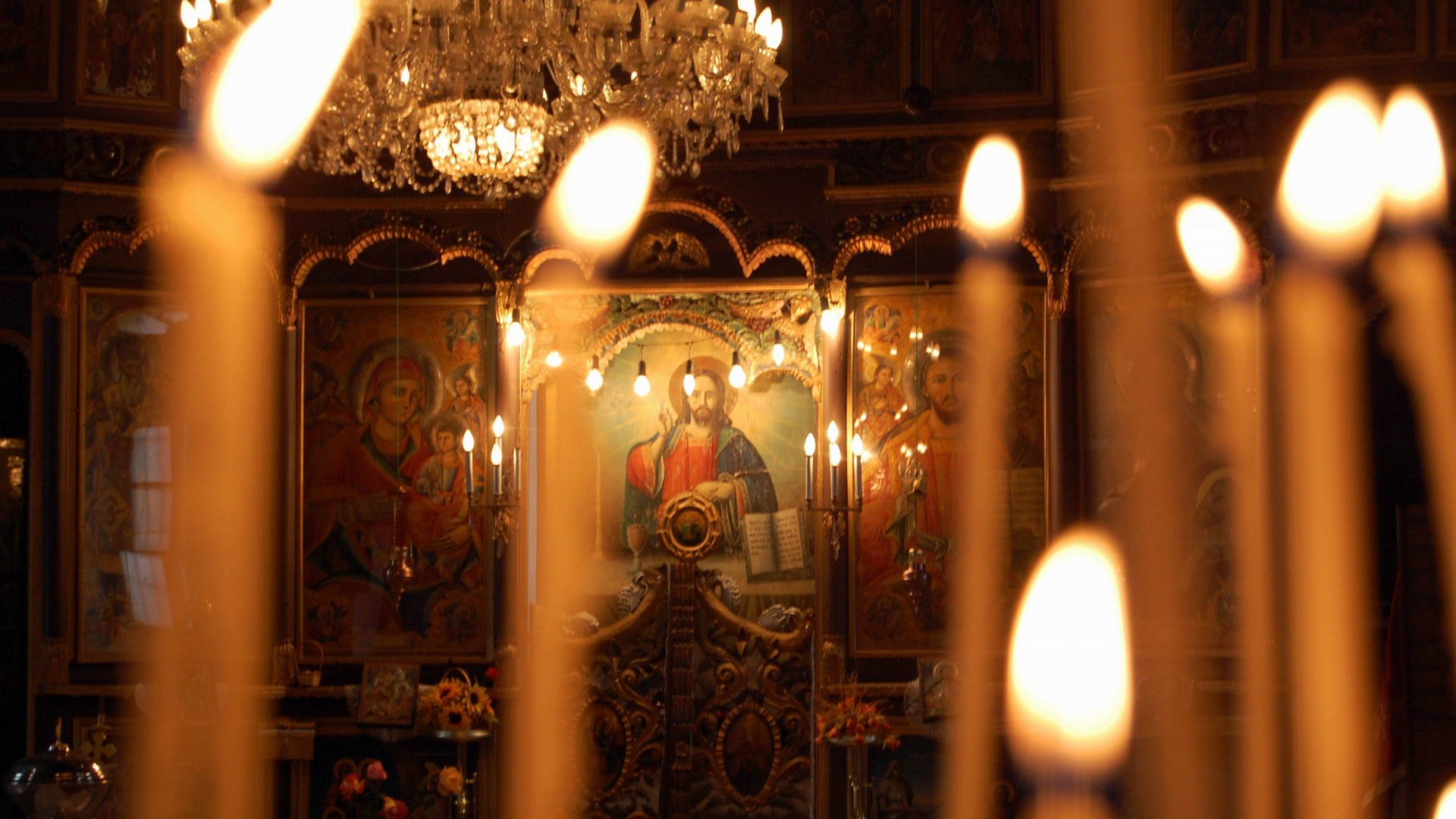On Great and Holy Saturday, the Orthodox Church commemorates the burial of Christ, the day between the Crucifixion of our Lord and His glorious Resurrection.
Traditions at home
On the morning of Holy Saturday, preparations begin for the next day’s Easter feast. The traditional mayeritsa soup, which uses the organs and intestines of a lamb, is prepared and eaten after the midnight service.
On Holy Saturday, children will also light their special lambatha, traditionally given to them by their Godparents. Though the candle itself is typically white, it can be lavishly decorated with favourite children’s heroes or storybook characters.
Shortly before midnight at church, all lights are to be turned. When the clock passes midnight, the Priest calls out “Christos Anesti” (“Christ is risen”) and passes on the flame (the Holy light of the Resurrection). A flame transferred through a holy candle, and distributed among the family, is set to symbolise Jesus’ light of resurrection.
Friends and neighbours also exchange “Christos Anesti” with one another as a way of wishing one another well. In response, they will say “Alithos Anesti” (“truly, He is risen”) or “Alithinos o Kyrios” (“true is the Lord”).
Holy Saturday Prayer
When he took down Your immaculate Body from the Cross, the honorable Joseph wrapped it in a clean linen shroud with spices and laid it for burial in a new tomb.
When You descended unto death, O Lord who yourself are immortal Life, then did You mortify Hades by the lightning flash of Your Divinity. Also when You raised the dead from the netherworld, all the Powers of the heavens were crying out: O Giver of life, Christ our God, glory be to You.
The Angel standing at the sepulcher cried out and said to the ointment- bearing women: The ointments are appropriate for mortal men, but Christ has been shown to be a stranger to decay.
